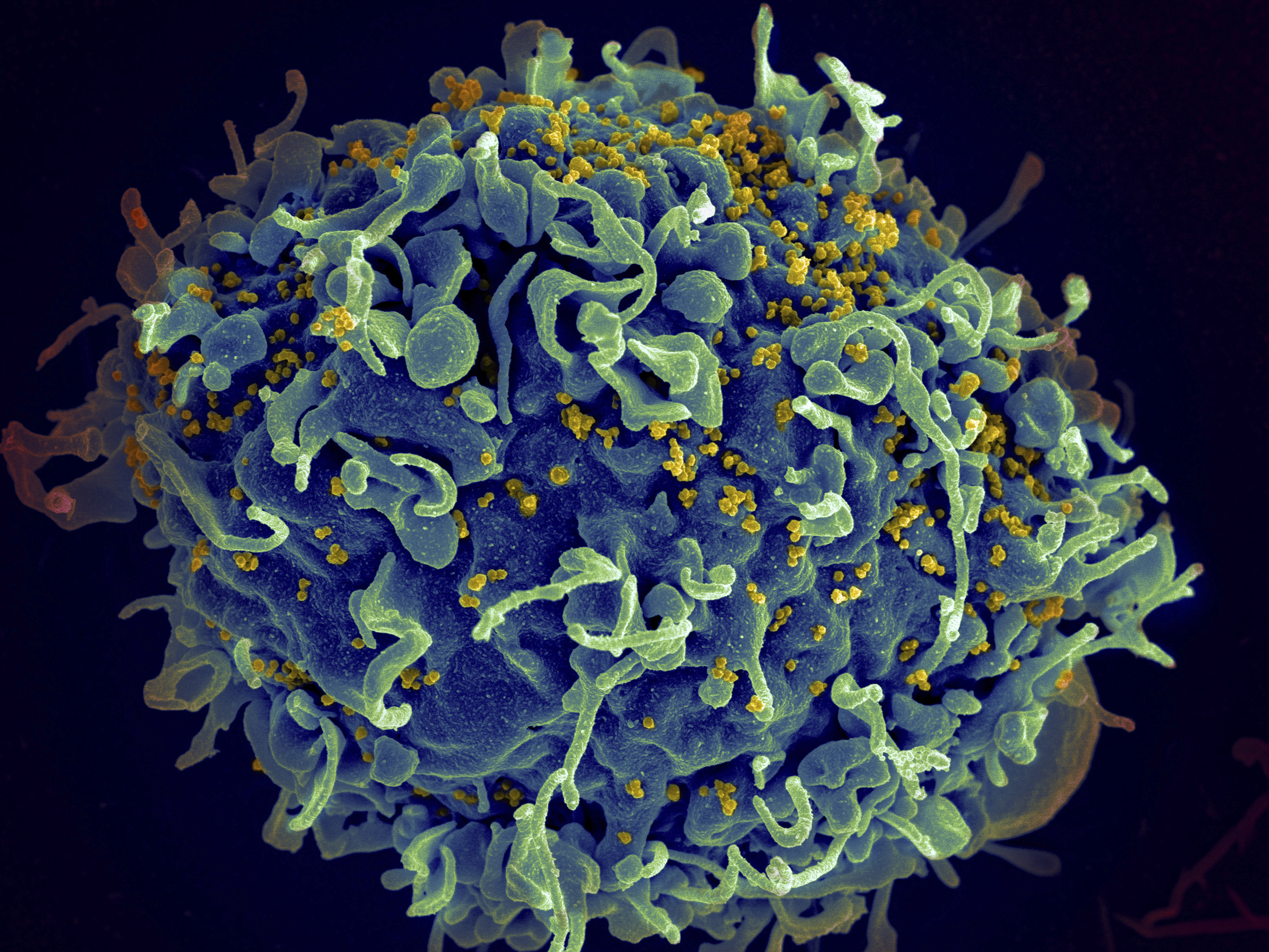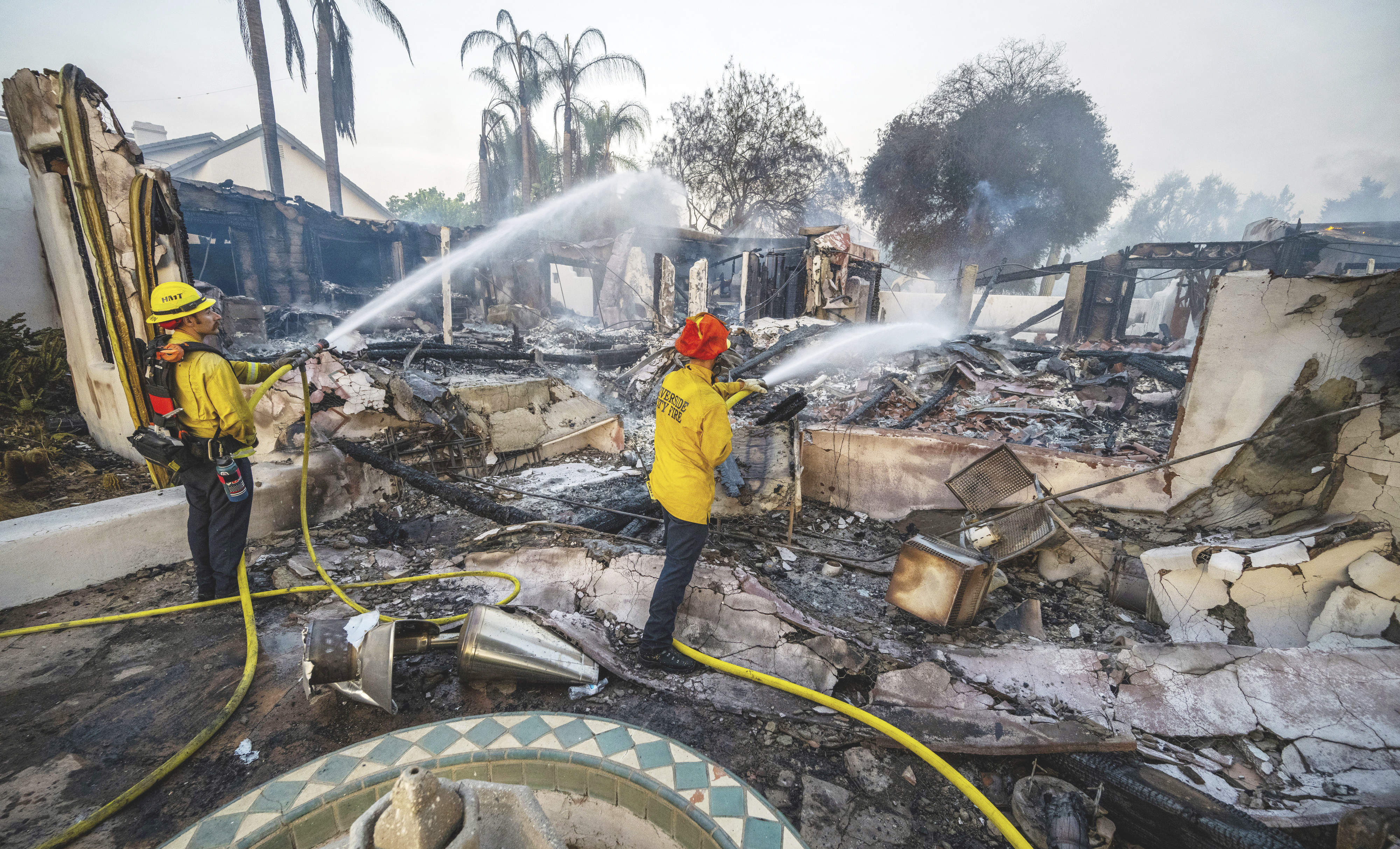BY MELINA WALLING AND DORANY PINEDA
,July 18, 2024
From opposite ends of the world, the uncomfortable conditions Shamim Ahamed and Purvi Tiwari experienced doing separate Ph.D. research inside greenhouses inspired them to study the heat in the indoor structures.
Tiwari, a researcher at Indira Gandhi Agricultural University in India, realized the heat-amplifying effect of greenhouses is a big concern that should be studied because she herself experienced the leg cramps, nausea and dizziness that her farmer subjects later described. Summer outdoor temperatures can reach 120 degrees Fahrenheit (50 degrees Celsius) in parts of India, where greenhouse workers “are feeling suffocated inside.” She added that in the last five years, greenhouses have become a trend as available land shrinks amid development.
“Workplaces shouldn’t harm humans,” she said. “If that workplace area is harming that person, that means it’s not good for working. That should be changed.”
Water drips down evaporative cooling pads in a greenhouse at the Core Greenhouse Complex on the University of California, Davis, campus in Davis, Calif., Monday, May 20, 2024. (AP Photo/Jeff Chiu)
Bill Werner, Lead Greenhouse Manager of the College of Agricultural and Environmental Sciences at the University of California, Davis, points toward the temperature in a greenhouse at the Core Greenhouse Complex on the campus in Davis, Calif., Monday, May 20, 2024. (AP Photo/Jeff Chiu)
In the United States, the latest agricultural census shows the number of greenhouse and nursery workers in the U.S. has grown by 16,000 in recent years. But there are no federal heat rules even as greenhouses become more popular and the number of workers in them has risen. There is also minimal research on the experiences of workers and their broader working conditions, nor on how to protect people who labor inside their often hot and humid environments. But academics from across the world, like Tiwari and Ahamed, are trying to plug the knowledge gaps about the unique conditions greenhouse farmworkers are exposed to.
Bharat Jayram Venkat, associate professor and founding director of UCLA’s Heat Lab, said that “there’s a lot of research on agricultural workers... but not specifically looking at greenhouses.” Most of the literature focuses on maximizing plant growth and production in greenhouses, not on human health.
“On the face of it it makes sense — that’s what greenhouses are actually for. But of course you need human workers in those greenhouses to make them function,” he said, “so you have to think about human health.”
Many farms, from vertical farming startups to traditional crop growers, are marketing greenhouses as a way to shelter crops from climate extremes. But that promise overlooks the experience of the workers inside, where many experience bad conditions (AP Video: Donavan Brutus)
More heat, more greenhouse workers
Last year was the hottest on record and cities across the U.S. repeatedly experienced triple-digit temperatures. According to the United States Department of Agriculture, the number of farms and square feet under glass, and the value of greenhouse and nursery sales, have all increased from 2017. In addition, use of the H-2A agricultural workers program essentially doubled over the period from 2010-2019, with implications for workers’ ability to complain about extreme heat conditions.
Venkat anticipates more research will emerge as indoor, climate-controlled growing environments likely become more popular as climatic conditions become less predictable and more extreme. Laws such as California’s recently-approved indoor heat rules and the rise in greenhouse workers will also increase interest in studying them, he said.
Jennifer Vanos, an associate professor at Arizona State University, has researched the limits of survival and physical work capacity in extreme heat. Using research led by a former fellow at Loughborough University — which assessed how the body functions under varying temperatures, wind speeds, humidity and radiation — Vanos and colleagues studied the productivity of agricultural workers in a warming planet.
A fan hangs above plants growing in a greenhouse at the Core Greenhouse Complex on the University of California, Davis, campus in Davis, Calif., Monday, May 20, 2024. (AP Photo/Jeff Chiu)
Among their findings was that the warmer it gets, the less productive workers could be, which has economic implications. In the context of agriculture, that could mean fewer crops harvested and the need for more workers.
Ultimately, their results found that “for people to work safely, they have to lower their heart rate, which means lower their workout output to be able to do the same tasks in a hotter environment,” said Vanos.
Signs of heat stress include heavy sweating, cramps and fast heart rate. Exposure to extreme temperatures can increase the risk of injuries due to dizziness, weakness or fainting. And heat stroke, the most serious heat-related illness, can happen when the body stops sweating and its temperature rises.
When heat combines with humidity, it’s harder for sweat to evaporate to cool the body, creating a potentially more dangerous situation.
“When the air is already really saturated with water vapor… the capacity for sweat to evaporate is greatly diminished,” said Venkat. “That means that your risk of heat related illness or even death is going to be that much higher.”
Bill Werner, Lead Greenhouse Manager of the College of Agricultural and Environmental Sciences at the University of California, Davis, shows drip irrigation tubes used for plants in a greenhouse at the Core Greenhouse Complex on the campus in Davis, Calif., Monday, May 20, 2024. (AP Photo/Jeff Chiu)
Filling in research gaps
Researchers Tiwari and Ahamed have now published papers on greenhouse environments. Ahamed, now an assistant professor in the Department of Biological and Agricultural Engineering at UC Davis, studied the risks of heat exposure in high-tech greenhouses, comparing the effects on workers when tools like shade “skins” are deployed in greenhouses to keep temperatures cooler. Tiwari spoke to workers in India who experienced nausea, drowsiness and dehydration, and she and her team found that greenhouse workers who labored in the middle of the day had an average working heart rate 20% higher than those in open fields.
Ahamed said Tiwari’s research is relatively rare. Many of the studies that do exist are in countries outside the U.S. And even when studies are U.S.-based, it can be hard to source a proper sample size for greenhouse workers in particular.
For example, researchers at UC Merced found higher rates of preterm birth, low birth weight and birth defects in pregnant agricultural workers across the board – including field and nursery workers. A study from Iran found similar effects in greenhouse workers there, but the UC Merced team said that they didn’t have enough pregnant indoor agriculture workers to confidently look at that result alone.
The holes in the literature, Ahamed said, have led to “a huge gap of how these things could be kind of regulated or standardized.” He thinks there needs to be building codes based upon UV, heat and humidity exposure as well as safety procedures for workers inside.

Geese walk near a greenhouse in Morehead, Ky., formerly operated by AppHarvest, Wednesday, June 5, 2024. AppHarvest employees say they saw colleagues carried out on makeshift stretchers due to heat, and dozens more helped outside on others’ shoulders. (AP Photo/Joshua A. Bickel)
But with such a wide range of greenhouse technology being used – from mega-farms on many acres to microclimates created with “high tunnel” or “hoop house” setups involving plastic arched over small sections of a field – the patchwork of possible options remains an issue toward implementing standards.
However, he thinks it would be doable to have different protocols in place depending on the type of greenhouse at hand.
“For this, they need to investigate, to find some recommendations,” Ahamed said.
___
The Associated Press’ climate and environmental coverage receives financial support from multiple private foundations. AP is solely responsible for all content. Find AP’s standards for working with philanthropies, a list of supporters and funded coverage areas at AP.org.
Researchers Tiwari and Ahamed have now published papers on greenhouse environments. Ahamed, now an assistant professor in the Department of Biological and Agricultural Engineering at UC Davis, studied the risks of heat exposure in high-tech greenhouses, comparing the effects on workers when tools like shade “skins” are deployed in greenhouses to keep temperatures cooler. Tiwari spoke to workers in India who experienced nausea, drowsiness and dehydration, and she and her team found that greenhouse workers who labored in the middle of the day had an average working heart rate 20% higher than those in open fields.
Ahamed said Tiwari’s research is relatively rare. Many of the studies that do exist are in countries outside the U.S. And even when studies are U.S.-based, it can be hard to source a proper sample size for greenhouse workers in particular.
For example, researchers at UC Merced found higher rates of preterm birth, low birth weight and birth defects in pregnant agricultural workers across the board – including field and nursery workers. A study from Iran found similar effects in greenhouse workers there, but the UC Merced team said that they didn’t have enough pregnant indoor agriculture workers to confidently look at that result alone.
The holes in the literature, Ahamed said, have led to “a huge gap of how these things could be kind of regulated or standardized.” He thinks there needs to be building codes based upon UV, heat and humidity exposure as well as safety procedures for workers inside.
Geese walk near a greenhouse in Morehead, Ky., formerly operated by AppHarvest, Wednesday, June 5, 2024. AppHarvest employees say they saw colleagues carried out on makeshift stretchers due to heat, and dozens more helped outside on others’ shoulders. (AP Photo/Joshua A. Bickel)
But with such a wide range of greenhouse technology being used – from mega-farms on many acres to microclimates created with “high tunnel” or “hoop house” setups involving plastic arched over small sections of a field – the patchwork of possible options remains an issue toward implementing standards.
However, he thinks it would be doable to have different protocols in place depending on the type of greenhouse at hand.
“For this, they need to investigate, to find some recommendations,” Ahamed said.
___
The Associated Press’ climate and environmental coverage receives financial support from multiple private foundations. AP is solely responsible for all content. Find AP’s standards for working with philanthropies, a list of supporters and funded coverage areas at AP.org.
The “greenhouse effect”: How an oft-touted climate solution threatens agricultural workers
MOREHEAD, Ky. (AP) — Many farms, from vertical farming startups to traditional specialty crop growers, are marketing greenhouses as a way to shelter crops from climate extremes. But overlooked are the experiences of workers inside, who may swelter under high heat and humidity.
The number of greenhouse and nursery workers has increased by over 16,000 in recent years, according to the latest U.S. agricultural census, and there are still no federal heat rules to protect them.
The data, along with stories of current and former greenhouse workers, shows a growing population of people increasingly vulnerable to heat-related illnesses, injuries and death as global temperatures rise and greenhouses become more popular.
Here’s what to know from AP’s report.
Many farms, from vertical farming startups to traditional crop growers, are marketing greenhouses as a way to shelter crops from climate extremes. But that promise overlooks the experience of the workers inside, where many experience bad conditions (AP Video: Donavan Brutus)
Heat and humidity, a dangerous combination
Heat combined with humidity makes it harder for sweat to evaporate to cool the body, creating a potentially more dangerous scenario.
Eulalia Mendoza said temperatures could spike between 105 and 115 degrees (41 to 46 C) in the summer inside the California greenhouse she worked in. She described being drenched in sweat and suffering from heat illness — headaches, nausea, ceasing to sweat.

The “greenhouse effect”: How an oft-touted climate solution threatens agricultural workers

Greenhouses are becoming more popular, but there's little research on how to protect workers

How employers are taking steps to safeguard workers from extreme heat
Other workers across the U.S. described losing weight, dizziness and fainting from extreme heat.
In those conditions, workers who don’t get enough breaks in cooler environments, whose shifts are not pushed earlier or later in the summer and whose managers ignore their concerns are the most at risk.
A former greenhouse worker at AppHarvest, who wishes to remain anonymous, poses for a portrait behind a sheet of plastic, Wednesday, June 5, 2024, in Morehead, Ky. (AP Photo/Joshua A. Bickel)
Little research or regulation, more workers
Between 2010 and 2019, nursery and greenhouse operations nearly doubled their hiring of H-2A agricultural visa holders. Without protections, their ability to speak up about working conditions becomes harder.
California recently approved heat rules for indoor workers, joining states like Oregon and Minnesota, but enforcing them can be tricky. For instance, workers are entitled to a 10 to 15-minute break, but that may be too short to shed and don their gear, so they may stay inside to ensure they’re back to work on time.
The Occupational Safety and Health Administration has two complaints about heat stress specifically in greenhouses, in 2005 and 2017. The low number of documented complaints may reflect workers’ concerns about retaliation if they report workplace conditions, said Abigail Kerfoot with Centro de los Derechos del Migrante, a migrants’ rights organization.
A former greenhouse worker at AppHarvest, who wishes to remain anonymous, poses for a portrait behind a sheet of plastic, Wednesday, June 5, 2024, in Morehead, Ky. (AP Photo/Joshua A. Bickel)
Few trainings for the vulnerable
Some current and former greenhouse workers said they didn’t get training to identify symptoms of or protect themselves from heat.
Emily Hernandez, who worked for a summer in a greenhouse in Orange County, said she never received heat safety training despite temperatures that could rise up to the high 80s.
“When I did bring it up, there was a company meeting about not complaining about the heat,” she said.
At the University of California, Davis, students, staff and researchers are required to take greenhouse safety trainings that cover heat illness protection, injury reduction, emergency guidance and the federal worker protection standard.
On 100-degree days, researchers working in older greenhouses are encouraged to work early mornings, stay hydrated and take breaks in cooler areas.
A former greenhouse worker at AppHarvest, who wishes to remain anonymous, poses for a portrait behind a sheet of plastic, Tuesday, July 9, 2024, in Morehead, Ky. (AP Photo/Joshua A. Bickel)
Greenhouses as a climate solution
In what was supposed to be a “climate-resilient food system,” workers say temperatures frequently reached 113 degrees Fahrenheit (45 Celsius) inside facilities at the now-bankrupt AppHarvest, a startup with greenhouses in Kentucky that touted itself as a climate solution.
Workers say they saw colleagues carried out on makeshift stretchers, and dozens more helped outside on others’ shoulders.
“I started getting really sick from the heat. And my body started shutting down on me,” said one worker.
Indoor growing companies maintain that with the right management, greenhouse growing is a promising climate solution. To account for excessive heat, some say they adjust workers’ schedules, starting them earlier in the morning or later in the day when temperatures are cooler.
Aaron Fields, vice president of agriculture at greenhouse-based vertical farming company Eden Green, thinks the startup culture of “high-tech” greenhouses, which can include leaders and founders without prior farming experience, has led some to miss the importance of working conditions.
But Rebecca Young with the nonprofit Farmworker Justice said greenhouses can be healthy places to work, beginning with establishing worker protections. When temperatures are monitored; when workers get adequate breaks, water and training, then growing in greenhouses can be sustainable for humans and agriculture alike.
“It’s sort of thinking about, how can we interact with the climate around us in a way that keeps people and the food that we’re eating healthy and safe?” she said.
___
The Associated Press receives support from the Walton Family Foundation for coverage of water and environmental policy. The AP is solely responsible for all content. For all of AP’s environmental coverage, visit https://apnews.com/hub/climate-and-environment
In what was supposed to be a “climate-resilient food system,” workers say temperatures frequently reached 113 degrees Fahrenheit (45 Celsius) inside facilities at the now-bankrupt AppHarvest, a startup with greenhouses in Kentucky that touted itself as a climate solution.
Workers say they saw colleagues carried out on makeshift stretchers, and dozens more helped outside on others’ shoulders.
“I started getting really sick from the heat. And my body started shutting down on me,” said one worker.
Indoor growing companies maintain that with the right management, greenhouse growing is a promising climate solution. To account for excessive heat, some say they adjust workers’ schedules, starting them earlier in the morning or later in the day when temperatures are cooler.
Aaron Fields, vice president of agriculture at greenhouse-based vertical farming company Eden Green, thinks the startup culture of “high-tech” greenhouses, which can include leaders and founders without prior farming experience, has led some to miss the importance of working conditions.
But Rebecca Young with the nonprofit Farmworker Justice said greenhouses can be healthy places to work, beginning with establishing worker protections. When temperatures are monitored; when workers get adequate breaks, water and training, then growing in greenhouses can be sustainable for humans and agriculture alike.
“It’s sort of thinking about, how can we interact with the climate around us in a way that keeps people and the food that we’re eating healthy and safe?” she said.
___
The Associated Press receives support from the Walton Family Foundation for coverage of water and environmental policy. The AP is solely responsible for all content. For all of AP’s environmental coverage, visit https://apnews.com/hub/climate-and-environment
MELINA WALLING
Walling covers the intersections of climate change and agriculture in the Midwest and beyond for The Associated Press. She is based in Chicago.
DORANY PINEDA
Pineda writes about water, climate and the environment in Latino communities across the U.S.



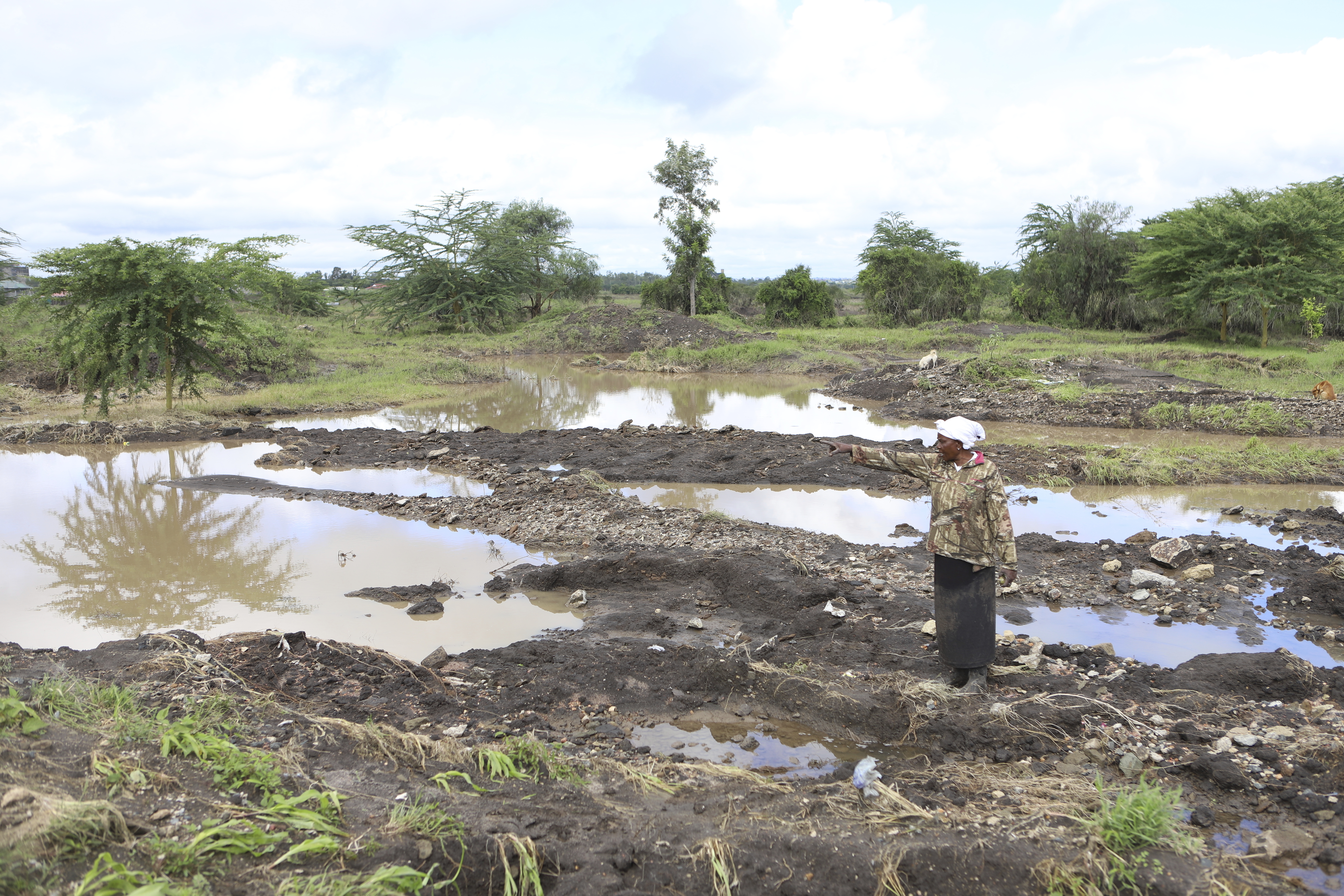
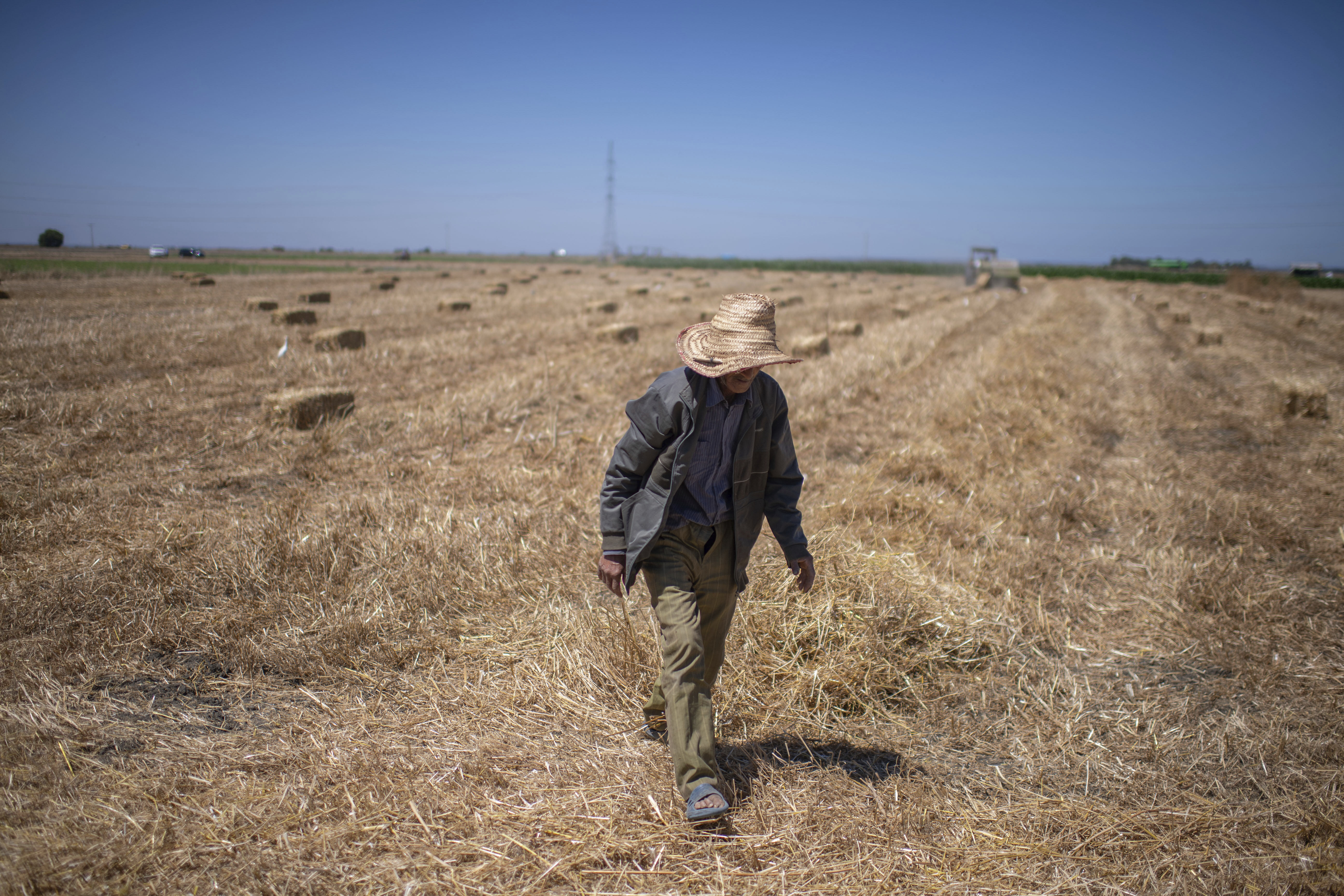


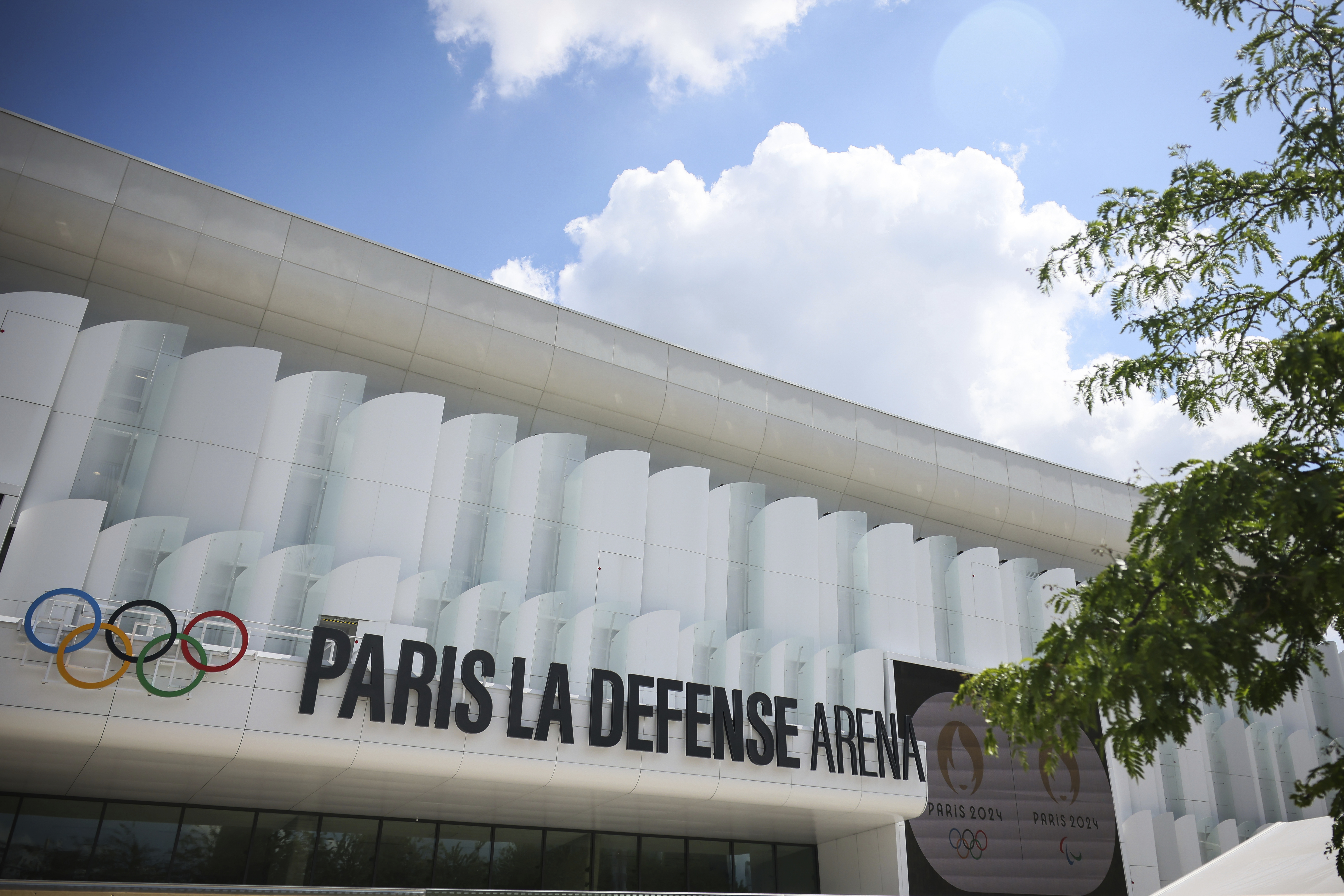


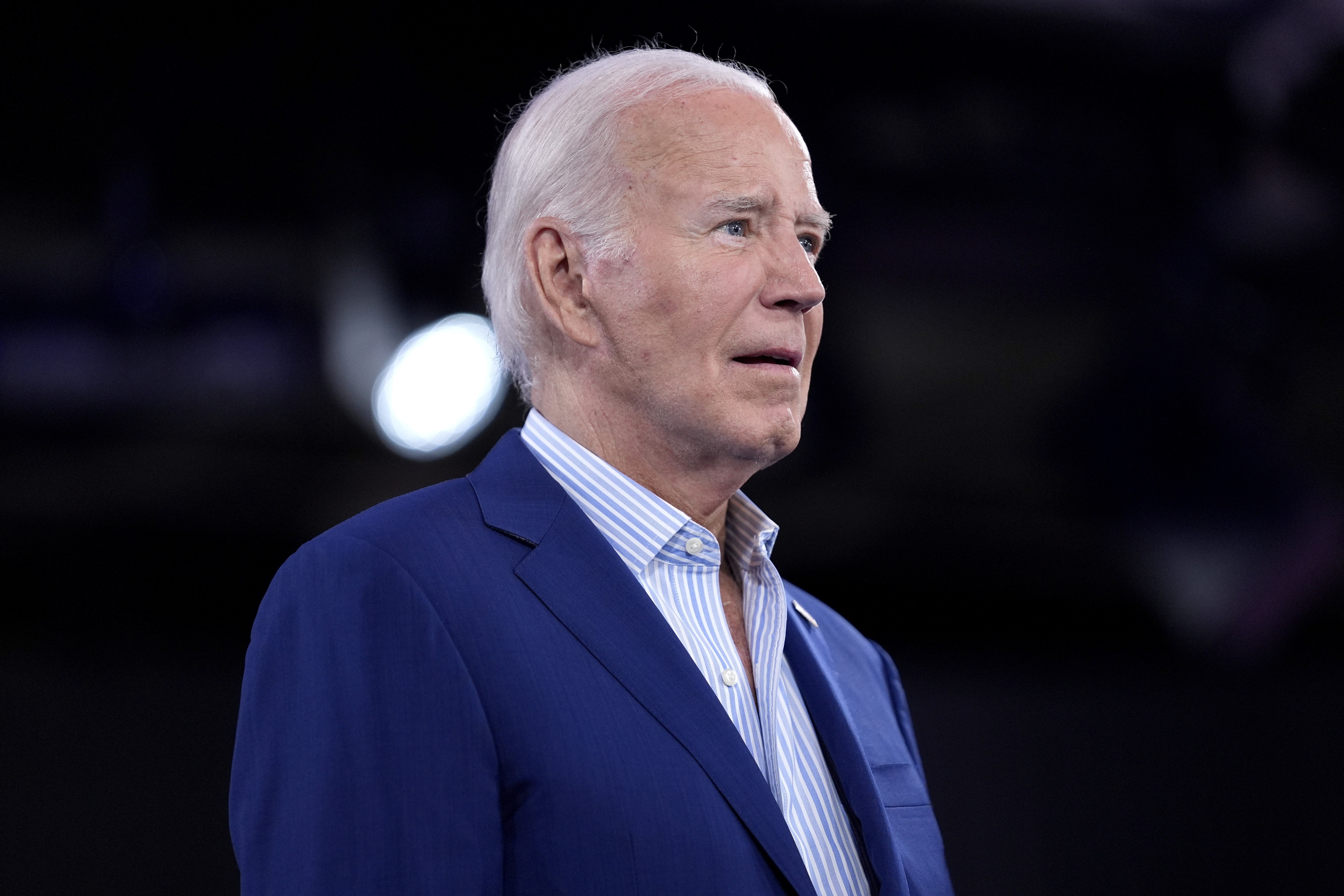

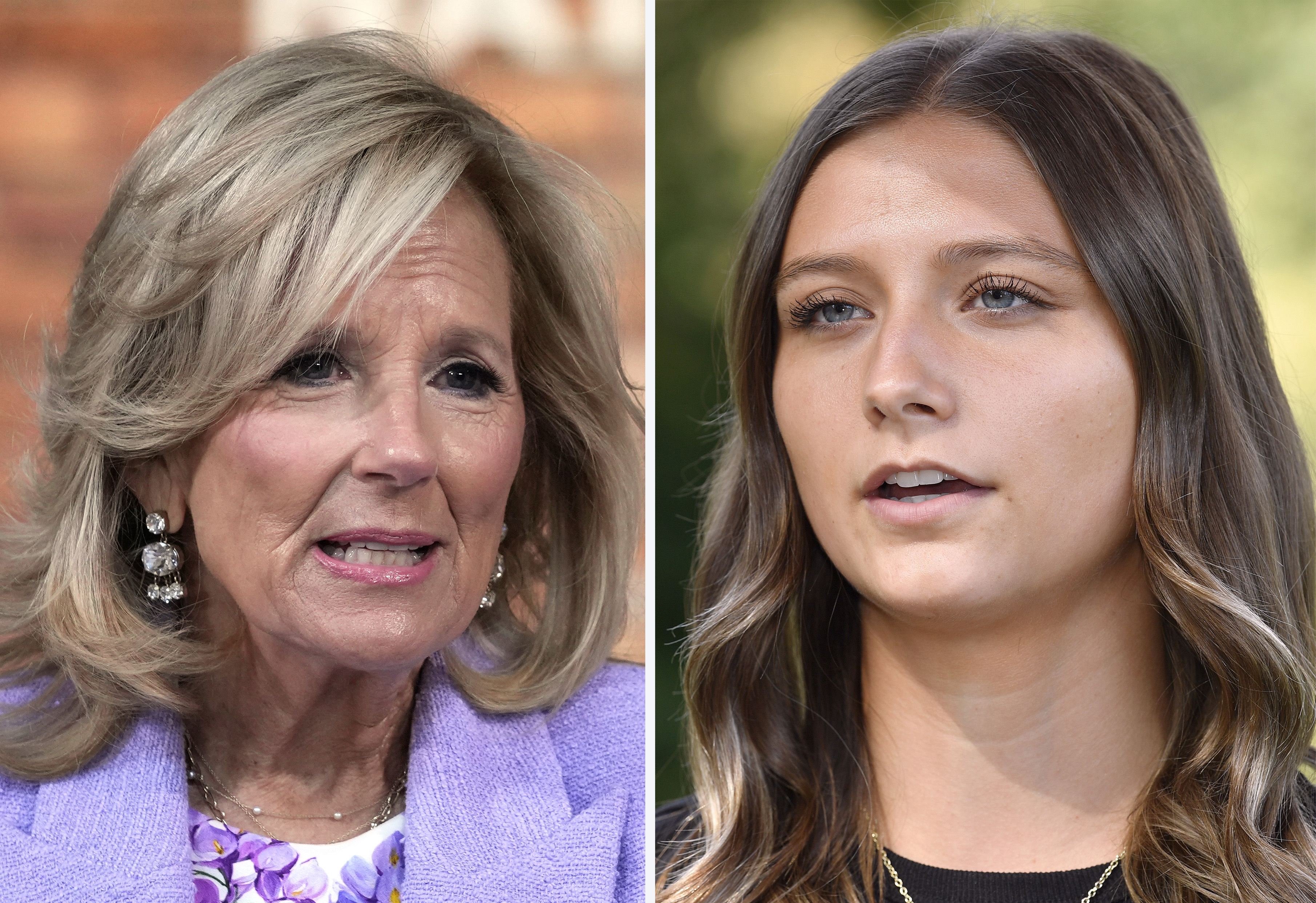
.png)
.png)



